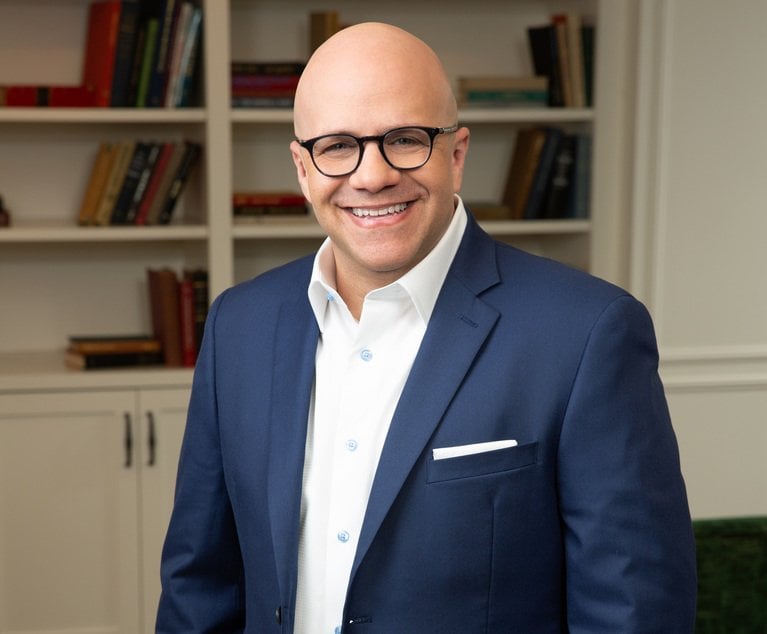Memo to all you well-meaning law firms out there trying your darnedest to retain and promote women: You are doing it all wrong.
All those marvelous initiatives you’ve been touting—flexible work arrangements, mentoring programs, affinity groups, transition coaching for new moms and the like—are not getting women out of the rut. Worse, some of those efforts could be making it harder for women to succeed.
That’s the deflating, if hardly startling, preliminary finding of a study by Acritas and Thomson Reuters that looked at 40 firms (predominantly U.K.-based) in Europe. As initially reported by Legal Week, the study finds there’s a big fat gap between what firms perceive as the fix to the gender problem and what’s needed in reality.
For starters, a majority of firms (53 percent) ranked flexibility as the top approach to fixing the gender imbalance problem at their firms.
Why flexibility? Well, it seems firms are making certain assumptions about the tension spots in women’s lives. Besides “bias,” firms named “the need for presenteeism” (translation, “face time”) and “the role of women at home in society” as key obstacles, suggesting that women will face conflicts between home and work.
 While it’s nice that firms want to help out women with their competing demands, may I just say that I find this presumption of a work-family conflict to be sexist? As I’ve often noted, it’s not as if childless women in Big Law have such an easy time advancing either.
While it’s nice that firms want to help out women with their competing demands, may I just say that I find this presumption of a work-family conflict to be sexist? As I’ve often noted, it’s not as if childless women in Big Law have such an easy time advancing either.
Moreover, flexible working arrangements, along with women’s networking groups and mentoring programs, could be making women more isolated.
“We’re not saying that firms shouldn’t offer flexibility,” says Acritas CEO Lisa Hart Shepherd. “The problem is that women are the ones who take it up.”
As for affinity groups, Shepherd says: “Anything that creates silos is bad.” All those closed-door sessions where women vent about their frustrations might not be advancing the issue, because “men have to be part of the solution,” says Shepherd. “If they’re opened to men, it becomes part of the positive territory.”
And what about mentoring and sponsorship, which is supposed to be the magic bullet that will catapult women to partnership and other glories?
“Both have roles to play in advancing women, but that’s not going to solve the challenges that firms have which are more structural,” says Lucinda Case, managing director at Thomson Reuters.
“There’s nothing wrong with mentoring,” adds Shepherd, “but you have to be cautious about what’s not working.” She explains: “Mentoring and sponsoring is about fixing women to fit the system, but it’s more effective to fix the system.”
Which gets us to what the research says does work to promote gender equality: giving women have equal work opportunities and nipping bias in the bud.
“The firms that do better with women are focused on institutional bias and blind work assignments,” Case says. Without addressing those baseline issue, the other goodies are just throwaways.
“When new matters come in, you have to look at everyone’s experience and take out subjective factor in assigning matters,” says Shepherd, adding that both Clifford Chance and Norton Rose Fulbright have introduced “objective assignments.”
What’s also essential, she adds, is training for unconscious bias: “Whether it’s forced or voluntary, it’s had positive impact. When there’s sexual harassment and bullying training, there’s a better chance you’ll create a more fair, far less toxic workplace. The most impactful thing to do is to fix the environment.” (In the survey, only 17 percent of firms identified challenging bias as a top solution to promote gender equality.)
Eliminating unconscious bias, getting rid of favoritism in doling out work and putting the emphasis on fixing the work environment (rather than the women): Uh-oh, that sounds kind of drastic—like a change in culture.
Are firms ready to do that? Or will they just roll out another affinity group?
NOT FOR REPRINT
© 2024 ALM Global, LLC, All Rights Reserved. Request academic re-use from www.copyright.com. All other uses, submit a request to [email protected]. For more information visit Asset & Logo Licensing.


 (Photo: Shutterstock)
(Photo: Shutterstock)









